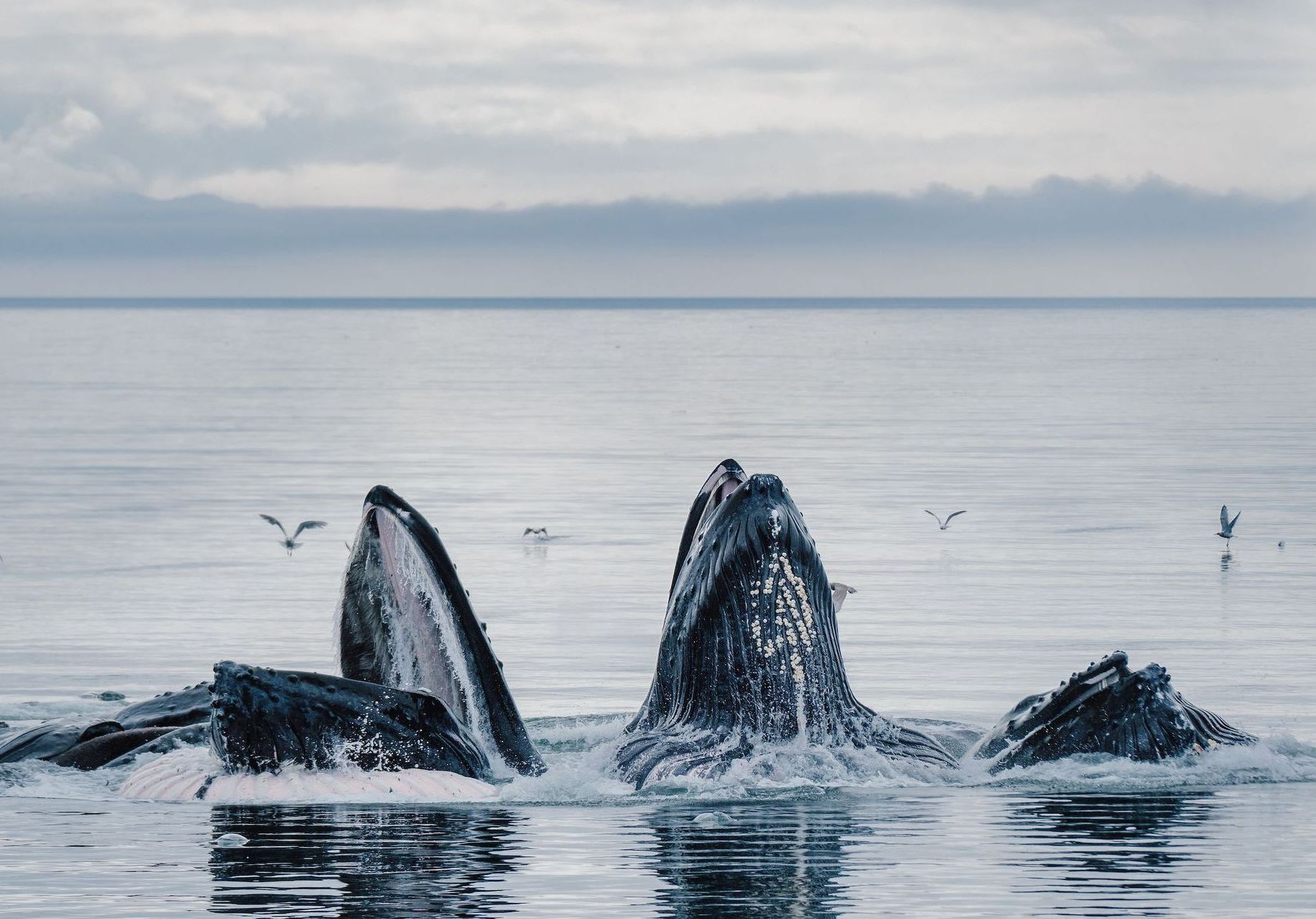The sheer scale of Alaska, with its magnificent mountains, dense forests and abundance of glaciers, make this a destination unequalled anywhere in the world. Experience the unspoilt wilderness and immense natural beauty of America’s ‘Last Frontier’ and witness the plethora of wildlife as you enjoy the variety of outdoor activities on offer. Alaska can be combined with the Yukon and circle drives between the two regions offer spectacular scenery, wildlife and history.
Kodiak Archipelago
The original inhabitants of Kodiak were the Alutiiq people – 7,000 years later their descendants still live on the island. Villages scattered throughout the archipelago offer a glimpse into traditional Alutiiq lifestyle. The Kodiak National Wildlife Refuge covers two-thirds of Kodiak Island, offering protected habitat for over 3,000 world-famous Kodiak brown bears – one of the world’s largest carnivorous land mammals.
Katmai National Park
Located on the Alaska Peninsula across from Kodiak Island and covering an area of nearly five million acres, Katmai National Park is famous for volcanoes, prehistoric human dwellings, rugged wilderness and the estimated 2,000 Brown Bears. Much of the park is rarely visited and opportunities for incredible wilderness experiences abound.
Admiralty Island
Admiralty Island, a lush rainforest wilderness has the densest population of brown bears in the world. During July and August brown bears move along the shores and down from the steep slopes of the island to the inter-tidal wetlands at the mouth of Pack Creek, on the eastern shore about 30 miles south of Juneau. The Stan Price State Wildlife Sanctuary provides protected habitat for brown bears while affording visitors an opportunity to view and photograph bears close-up.
Point Adolphus
Located on Chichagof Island, in the heart of the Tongass National Forest, Point Adolphus is one of Alaska’s most active whale feeding areas due to the underwater land formations and strong tidal currents in the Icy Strait. Other wildlife found in this area include orcas, sea lions, eagles, sea birds, and of course humpback whales.
Wrangell-St. Elias National Park
The Alaska, Chugach and Wrangell-Saint Elias mountain ranges converge in what is referred to as the "mountain kingdom of North America" and form the largest US national park, six times the size of Yellowstone. This spectacular wilderness includes many glaciers, a wealth of wildlife including black and grizzly bears, moose, Dall sheep, caribou, wolves and bison, and opportunities for a range of outdoor activities including wildlife viewing, hiking, rafting and glacial skiing.














